![]()
![]()
![]()
Use LEFT and RIGHT arrow keys to navigate between flashcards;
Use UP and DOWN arrow keys to flip the card;
H to show hint;
A reads text to speech;
37 Cards in this Set
- Front
- Back
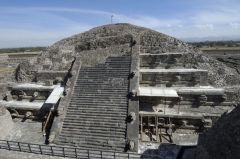
Temple of Quetzalcoatl |
Mesoamerica, 3rd century AD |
|
|
Dualism |
Cultural contributions tend to have two natures |
|
|
Similarities to Old World |
-agricultural & animal domestication -organized social and religious rituals -class development -art |
|
|
Differences to Old World |
-only pack animals -technology underdeveloped -mostly illiterate -geographic areas had little contact with each other |
|

El Castillo |
Mesoamerica c. 800-900 AD |
|
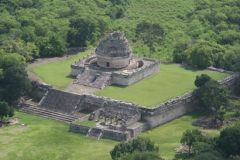
ElCaracol |
Mesoamerica c. 800-900 AD |
|
|
Chavín de Huántar
|
Ceremonial center in northern Highlands of Peru, home of Chavin culture, contains a temple complex.
|
|
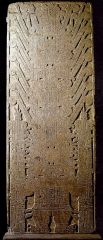
RaimindiStele
|
South America, 800-200 BC
|
|
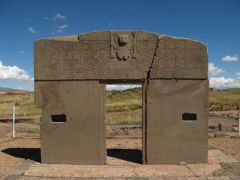
Gatewayof the Sun
|
South America, c. 375-700 AD |
|
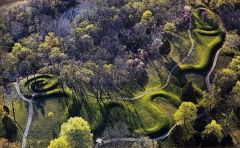
SerpantMound
|
North America, c. 1070 AD |
|
|
Codex
|
abound volume resembling a modern book, in contrast to earlier books in the formof scrolls
|
|
|
Teotihuacan
|
Mexicancity that was destroyed in the eighth century. Was the sixth world’s largestcity. The Aztecs consider it the “place of the gods” and made pilgrimages to iteven after abandonment.
|
|

Borgia Codex
|
Mesoamerica,c. 1400-1500 AD
|
|

Coyolxauhqui
|
Mesoamerica, c. 1469 AD |
|
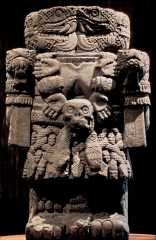
Coatlicue
|
Mesoamerica,c. 1487-1520 AD
|
|
|
LedgerPaintings
|
drawings done by plains native Americans done on ledger books given by the people moving them onto reservations |
|
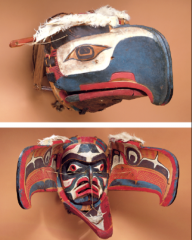
EagleTransformation Mask
|
North America 19th century AD
|
|
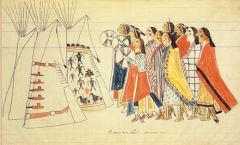
HonoringSong at the Painted Tipi
|
North America, 1880 AD |
|
|
Katsina
|
figurines; benevolent supernatural spirits personifying ancestors and natural elements living in mountains and water sources. Humans join their world after death.
|
|
|
“MotherCulture”
|
Olmecculture; many distinctive Mesoamerican religious, social, and artistic traditions can be traced to
|
|
|
Pre-Columbian
|
Termused to collectively describe American history before AD 1492
|
|
|
Pre-Contact
|
Term used todescribe American cultures before they came into personal contact with Europeans
|
|
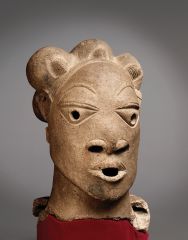
Nok Head
|
Nigeria, c. 500 BC-200 AD
|
|
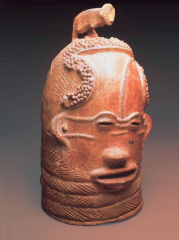
Lyndenburg Head
|
South Africa, c. 500 AD
|
|
|
Scarification
|
Decorative markings on the human body made by cuttingor piercing the flesh to create scars.
|
|
|
Primitivism
|
an art movement borrowing visual ideals from “prehistoric peoples” |
|
|
Africa Presents Scholars with these problems
|
-New arthistorical field -functional art -nonarrative or historical context |
|
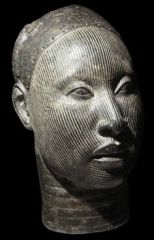
Head of a King
|
Nigeria, 12th-13th centuries AD
|
|
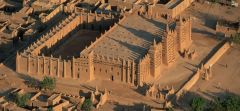
Great Mosque at Djenne
|
Mali, 13th century AD |
|
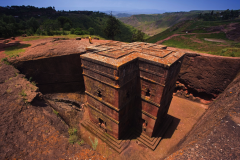
Beta Giorghis
|
Ethiopia, c. 1220 AD
|
|
|
Ile-Ife
|
Yoruba civilization; the place where the gods Oduduwa and Obatala created the earth and its peoples.
|
|
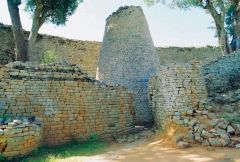
Great Enclosure of the Great Zimbabwe
|
Zimbabwe, 14th centuryAD |
|
|
Monoliths
|
sculptures carved from a single block of stone
|
|

Monolith
|
Zimbabwe 15th century AD
|
|
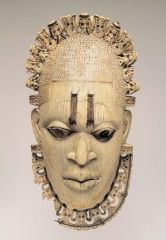
WaistPendant of the Queen Mother
|
Nigeria, c. 1520 AD |
|
|
Megalith
|
A large, roughly hewn stone used in the construction of monumental prehistoric structures.
|
|
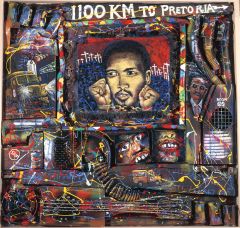
Homage to Steve Biko
|
Willie Bester, South Africa, 1992 AD |

